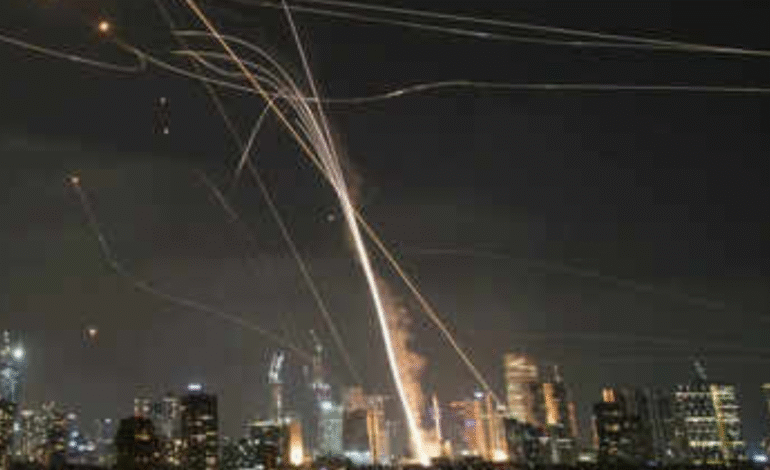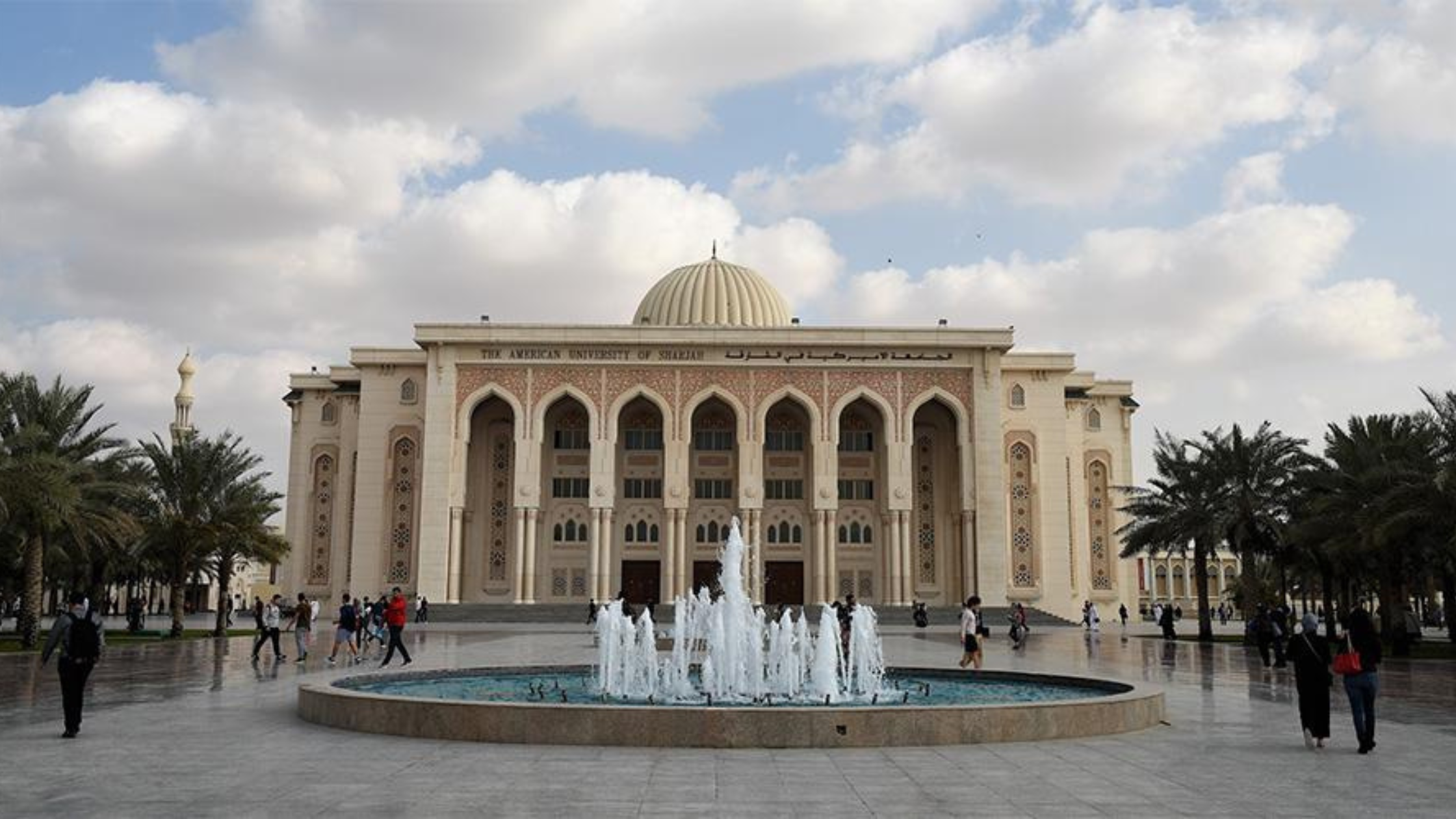Israel-Iran Conflict Escalates with Continued Strikes and Global Tensions

The longstanding hostility between Israel and Iran has now entered its fifth consecutive day of direct military strikes, escalating tensions in an already fragile Middle East. As strikes continue on both sides, global powers are urging restraint, while citizens in both nations are living under the constant threat of aerial attacks, missile barrages, and increasing casualties. The unfolding situation marks one of the most dangerous periods in their decades-long shadow war, which has now become an overt and high-intensity confrontation.
Military Confrontation Reaches Unprecedented Levels of Intensity
The conflict, which initially began as a series of proxy clashes and covert operations, has now evolved into open warfare. Israel has launched a sustained aerial campaign targeting nuclear, military, and governmental infrastructure across Iran. In return, Iran has responded with missile and drone attacks on major Israeli cities and strategic locations. The rapid escalation of violence has surprised analysts and observers worldwide, given the strategic caution both countries have maintained in the past.
Israel claims to have eliminated key figures within Iran’s military and scientific establishment, while Iran asserts that its retaliation has hit sensitive Israeli sites, including military command centers and residential zones. For many, this development is more than just a regional conflict — it holds the potential to destabilize the broader Middle East and impact global security dynamics.
Civilian Toll Rises Sharply Amid Widespread Devastation
As of the latest reports, Iran’s health ministry states that at least 224 individuals have died, and more than 1,200 are injured due to the Israeli bombardments. Iranian infrastructure, including a major state TV building, has been damaged. A dramatic moment unfolded when a television presenter had to flee live on air during an Israeli missile strike in Tehran.
Meanwhile, Israel reports that Iranian strikes have killed at least 24 people and wounded 592, with several cities coming under fire, including Haifa, where a large oil refinery was hit. Residential neighborhoods have been heavily affected in both countries, exacerbating fears among the civilian populations and further intensifying international concern.
Israel Declares Goals and Strategic Vision for Campaign
Israeli Prime Minister Benjamin Netanyahu has made the objectives of the Israeli military operation public. According to him, Israel is aiming to dismantle Iran’s nuclear program, halt its ballistic missile production, and destroy what it calls “the axis of terrorism” — a reference to Iran-supported groups across the Middle East.
Netanyahu declared that Israel was changing the strategic map of the Middle East through decisive actions. He emphasized that coordination with the United States is strong and ongoing. The statement also hinted at further escalations, including potential attacks on Iran’s top leadership, although specific names or operations were not officially confirmed.
Urgent Evacuation Orders Issued by Multiple Governments
The growing threat to civilians has prompted urgent evacuation advisories. The United States, through a post by President Donald Trump, urged residents of Tehran to evacuate the city without offering detailed reasoning. China’s government also issued warnings, asking its nationals to leave Israel immediately due to safety concerns.
Following these advisories, Israel issued evacuation instructions for District 3 in Tehran, where Iran’s state broadcaster is based — a location that was subsequently struck in an Israeli air raid. In response, Iran issued evacuation notices for Israeli media offices. These actions further demonstrate the tit-for-tat nature of the conflict and the increasing involvement of civilian zones.
Air Superiority and Military Claims Fuel Propaganda War
A spokesperson for the Israeli military announced that the country now holds full air superiority over Tehran. According to the Israeli side, one-third of Iran’s surface-to-surface missile launchers have been destroyed. Iran, however, disputes these claims and insists its counter-strikes have been both effective and damaging.
Iranian military officials say that their targeted locations in Israel included significant security zones and even homes of military scientists and commanders. The rhetoric from both sides has taken on a combative tone, with each claiming strategic advantages and asserting the legitimacy of their actions. The use of media has played a significant role in shaping domestic and international perceptions of the conflict.
Diplomacy Faces Setbacks Despite Global Pleas for De-escalation
World leaders are scrambling to contain the crisis. China has urged both nations to cease hostilities immediately and prevent the situation from spiraling further. Turkish President Recep Tayyip Erdogan spoke with his Iranian counterpart, offering Turkey’s role as a mediator.
At the G7 summit in Canada, British Prime Minister Keir Starmer stated that global consensus supports de-escalation. French President Emmanuel Macron warned that targeting Iranian governance or seeking regime change would be a “strategic error,” urging both parties to avoid further civilian casualties.
US President Donald Trump, speaking at the same summit, said that Iran “is not winning this war” and encouraged dialogue. Following his public remarks urging Tehran residents to evacuate, Trump abruptly left the summit and returned to Washington, signaling the seriousness with which the US administration views the situation.
Cancelled Talks and Stalled Diplomacy Add to Tensions
In the wake of rising hostilities, scheduled nuclear negotiations between Tehran and Washington were canceled. These talks were expected to explore possibilities for de-escalation and perhaps even a renewed agreement on Iran’s nuclear activities. However, the recent violence has derailed these diplomatic efforts.
According to the International Atomic Energy Agency (IAEA), there has been no sign of a physical attack on the underground sections of Iran’s Natanz nuclear facility, although other surface-level infrastructure has been affected. Radiation levels around Natanz remain within normal parameters, providing some relief amid fears of nuclear contamination. Nonetheless, the IAEA has expressed concern about the potential for further military targeting of nuclear sites, which could lead to a regional catastrophe.
Media, Misinformation, and the Role of Broadcast Infrastructure
The role of media in this conflict has taken a dramatic turn. The direct strike on Iran’s state broadcaster sent shockwaves through Iranian society and the international community. The television channel resumed operations shortly after, but the symbolic value of the attack was clear — information warfare is playing a crucial part in the larger military strategy.
Iran’s foreign ministry condemned the strike on its broadcaster as a war crime and appealed to the United Nations Security Council for action. Meanwhile, Israeli officials maintained that the broadcaster was part of Iran’s propaganda apparatus and a legitimate target in what they describe as an information-based war.
Impact on Regional Stability and Long-Term Ramifications
The conflict has already begun to unsettle the broader region. Neighboring countries are watching the developments with concern. There are fears that this direct confrontation could draw in Iran-aligned groups such as Hezbollah in Lebanon or militias in Iraq and Syria, which would expand the conflict far beyond the borders of Israel and Iran.
Economic markets across the Middle East are experiencing volatility, particularly in the oil and energy sectors. Travel advisories have been issued by multiple countries, and airlines have rerouted or canceled flights to Tel Aviv and Tehran.
Observers warn that even if a ceasefire is declared soon, the damage to diplomatic relations, infrastructure, and public trust will take years to repair. The situation also threatens to undermine ongoing normalization efforts between Israel and other Arab states and to stall broader peace initiatives in the region.
A Conflict Without Clear Endgame or Winner
As strikes continue, and the rhetoric from both nations intensifies, there appears to be no immediate path to resolution. The strategic goals outlined by Israel involve the complete dismantling of Iran’s military-industrial complex, while Iran remains committed to responding to what it calls foreign aggression.
With both sides accusing the other of war crimes, and with mounting civilian casualties, the international community finds itself with limited options. Sanctions, peace talks, and multilateral intervention all remain on the table, but none seem immediately effective in halting the violence.
The World Watches, Hoping For Restraint and Resolution
The Israel-Iran conflict has rapidly evolved into one of the most dangerous confrontations in recent Middle Eastern history. As airstrikes continue, global leaders are intensifying their calls for restraint. Diplomacy has taken a hit, and the chance of miscalculation looms large.
Citizens in both countries are suffering, and the region stands on the edge of a broader war. The next steps by both governments — and the responses from global powers — will determine whether this crisis marks a turning point toward diplomacy or further descent into chaos. The world watches with urgency and anxiety, hoping the worst can still be avoided.








2 Comments
[…] has announced a temporary suspension of all flight operations to and from Iran, Iraq, Israel, and Syria, effective immediately and lasting until June 30. The airline has cited […]
[…] first half of 2025 brought big challenges for the shipping industry. In June, tensions between Israel and Iran created instability in the Middle East. The closure of the Red Sea route forced ships to take longer […]
Comments are closed.